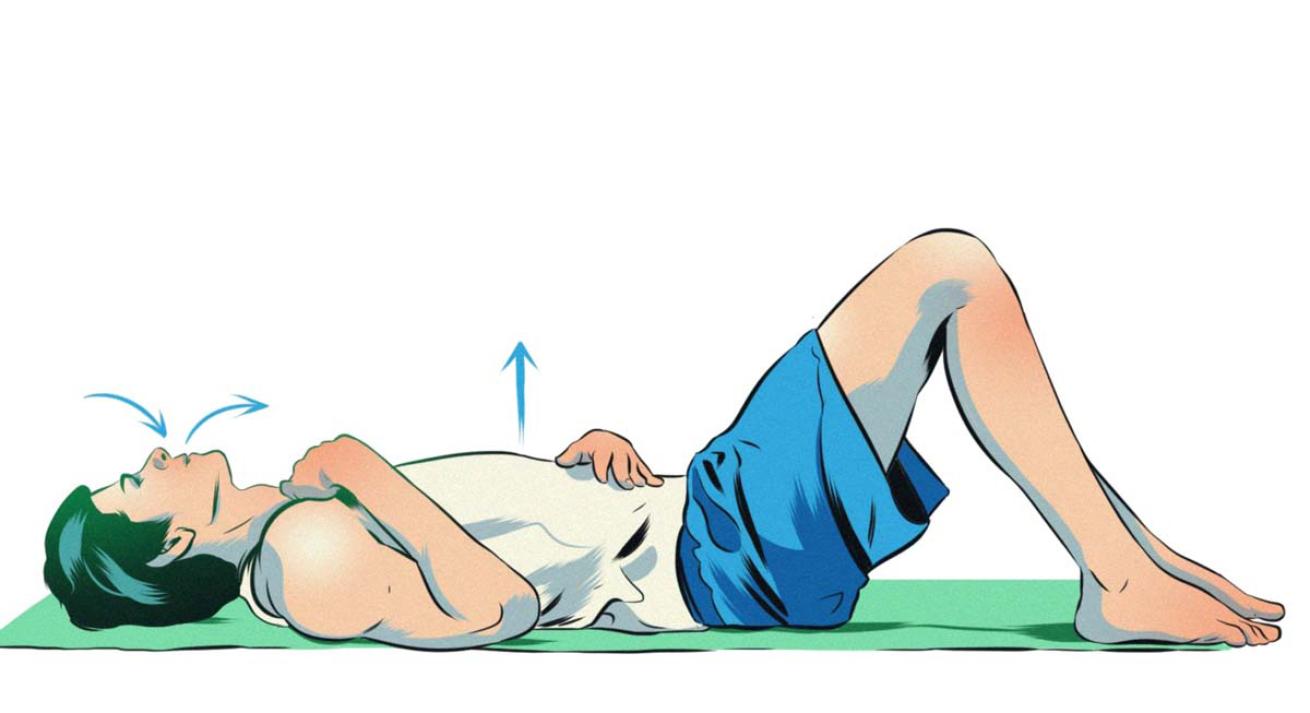Defining Panic Attacks and Panic Disorders for Scuba Divers

Illustration by Alexander Wells/Folioart.co.ukLearn what causes panic — and how to deal with it — to avoid dangerous situations underwater.
WHAT IS PANIC?
Understanding the characteristics of panic attacks and panic disorder.
Panic Attack
1. Palpitations, pounding heart or accelerated rate
2. Sweating
3. Trembling or shaking
4. Sensations of shortness of breath or smothering
5. Feeling of choking
6. Chest pain or discomfort
7. Nausea or abdominal distress
8. Feeling dizzy, unsteady, lightheaded or faint
9. Feelings of unreality or being detached from oneself
10. Fear of losing control or going crazy
11. Fear of dying
12. Numbness or tingling sensations
13. Chills or hot flashes
Panic Disorder
1. Recurrent unexpected panic attacks
2. At least one of the attacks has been followed by one month or more of one or more of the following: persistent concern about having additional attacks; worry about the implications of the attack or its consequences (e.g., losing control, having a heart attack, “going crazy”); a significant change in behavior related to the attacks
3. The panic attacks are not due to the direct physiological effects of a substance (e.g., drug abuse, a medication) or a general medical condition (e.g., hyperthyroidism)
4. The panic attacks are not better accounted for by another mental disorder, such as social phobia, etc.

Illustration by Alexander Wells/Folioart.co.ukTrain for deeper breathing before your next dive trip
HOW CAN YOU DEAL WITH IT?
Slow, abdominal breathing alone has been shown to prevent panic attacks
1. Start while lying on your back, with your knees bent and your head supported.
2. Place one hand on your chest and one hand on your belly (between navel and ribs); this will let you feel your diaphragm moving. Tighten your stomach muscles.
3. Focus on allowing the belly to rise easily when inhaling through your nose and fall when exhaling through pursed lips. Hold the chest still with your hand on your chest. The objective is to breathe all the time with the belly (diaphragm) and not the chest. You are aiming for about six breaths per minute.
4. Practice, practice, practice.
For more on what causes panic and pro tips on how to deal, check out this article.










